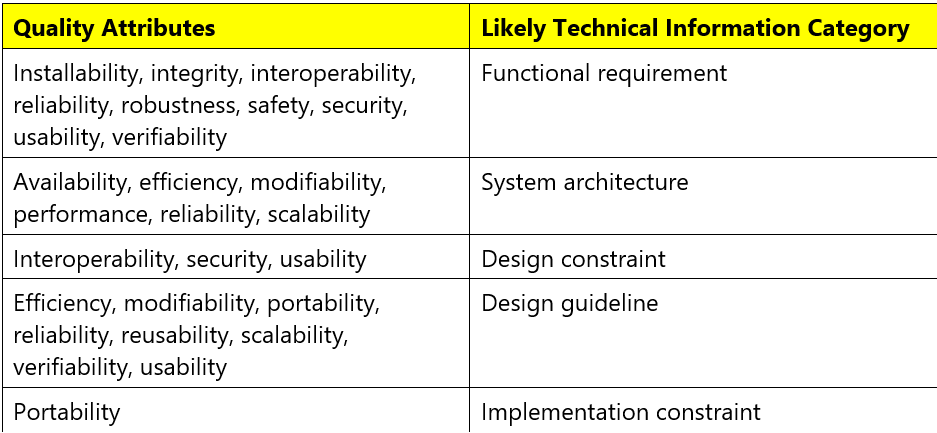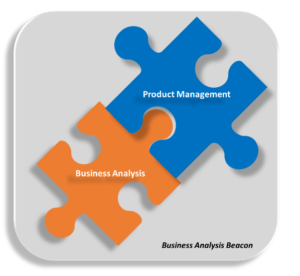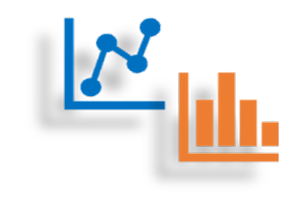Best of BATimes: Six Effective Elicitation Questions to Ask Your Stakeholders
Asking questions during interviews or as part of a structured requirements workshop is commonplace. However, the most important question is one you should be asking yourself:
Am I asking the RIGHT questions?
Here are a few of my favorite elicitation questions and what they might reveal about your project.
1. What are the biggest challenges in your role?
A key part of any BAs role is to understand the context of the project: where does this project “sit” within the larger organization.
Having stakeholders describe the challenges in their role prompts both leaders and doers to share information that moves “outside the box” of the project.
Especially in an interview setting, this question allows the collection of “stories” that will elaborate and cement the value of the project and its required capabilities. These “stories” are concrete examples of the business need that will communicate the value of the project to sponsors, vendors, testers, developers, etc. throughout the project lifecycle.
Though you want to be cautious to avoid scope creep, briefly stepping outside the confines of the project can also help you identify:
- Organizational risks
- Missing stakeholders
- Requirement gaps
2. What does success look like?
As I noted in my May article, “The Top 5 Mistakes in Requirements Practices and Documentation”, many project teams spend too much time focusing on the as-is current state.
Asking stakeholders to define success is a perfect way to move workshop or brainstorming discussions from the current state into the future state.
In the initial stages of elicitation, this question will help gather a clear overview of what capabilities are required for the project. The output of this question to can be used to create high-level conceptual models of the future state.
This question can also be used in beginning to elicit requirements for very specific features and capabilities. The challenge will be keeping stakeholders focused on the “what”: users, processes, rules, events and data. The discussion migrating to technology, systems and solution may risk that the true needs go undiscovered.
Perhaps most importantly, focusing on success frames the discussion in a positive light, emphasizes benefits, and gets stakeholders excited about the value the project will provide to their organization.
3. Who do you think is impacted (positive and negative) by the project and how?
We have all seen that even small projects can create a ripple effect that touches many parts of an organization. All of the people touched by the project’s ripples are potential stakeholders. Identifying and categorizing the roles of various stakeholders is key to successful elicitation.
In the initial phases of business analysis, understanding who is affected by the project will help you refine the scope of the solution and build your core team of stakeholders.
Asking this question throughout the project lifecycle will also help you:
- Identify new stakeholders
- Identify and mitigate risks/constraints
- Redefine needs or identify new needs
- Elaborate requirements
- Prioritize requirements
Advertisement
4. What would happen if we don’t change the way things are done today?
Use this question as an alternative to: “Why are we doing this project?” or “Why is this project important?”
As you may know, I love the question “Why?” but I hate to use it. “Why” questions tend to put people in a defensive position and can inhibit open and honest communication.
Also, framing the discussion in terms of “no changes”, is essentially asking stakeholders to define the current state. However, this phrasing will limit the “as-is” discussion to the processes and events that need to change.
Stakeholders will help you understand the key opportunities, risks of dormancy, the benefits of change — all-important inputs for successful elicitation.
5. What other changes are happening within the organization that may impact this project?
Most organizations function in a state of constant change. To avoid being blindsided, find stakeholders that understand how new strategies, policies, regulations, processes, and technology, might impact our projects.
Many project teams tend to isolate themselves within the silo of their business unit—often in an effort to stay focused. However, too much isolation can lead to missed opportunities for:
- Collaboration
- Integration
- Sharing of best practices
Keeping attuned to organizational changes can help to:
- Mitigate risks
- Estimate project deliverable dates
- Manage scope
- Identify constraints
- Understand interdependencies
6. How would you describe the process?
This is really a technique, with multiple questions, that I use frequently with SMEs in one-on-one interviews or in small groups. This technique is most effective when delving into the details of specific processes or events. Here’s what I do:
- I ask the SME/s to describe the process for me.
- Then, I draw the process out with them—on notebook paper, presentation paper, whiteboard, or using software.
- As they explain the process I ask, “What parts of the process would you improve and why?”
- I also ask, “What ideas do you and your teammates talk about as ways to improve the process?”
At the end of this exercise, I leave the room with a validated visual of the current state of the process and a list of opportunities to add value to the organization.
Let me know if these questions will help you or share your favorite elicitation questions below.











